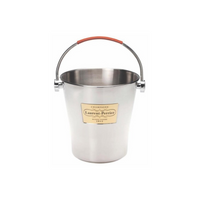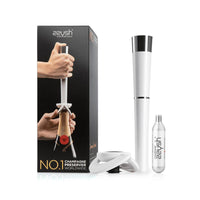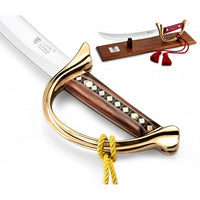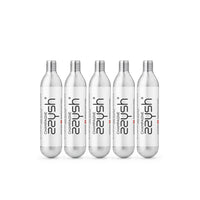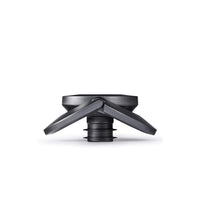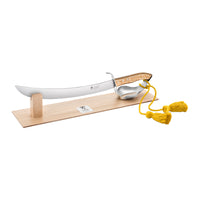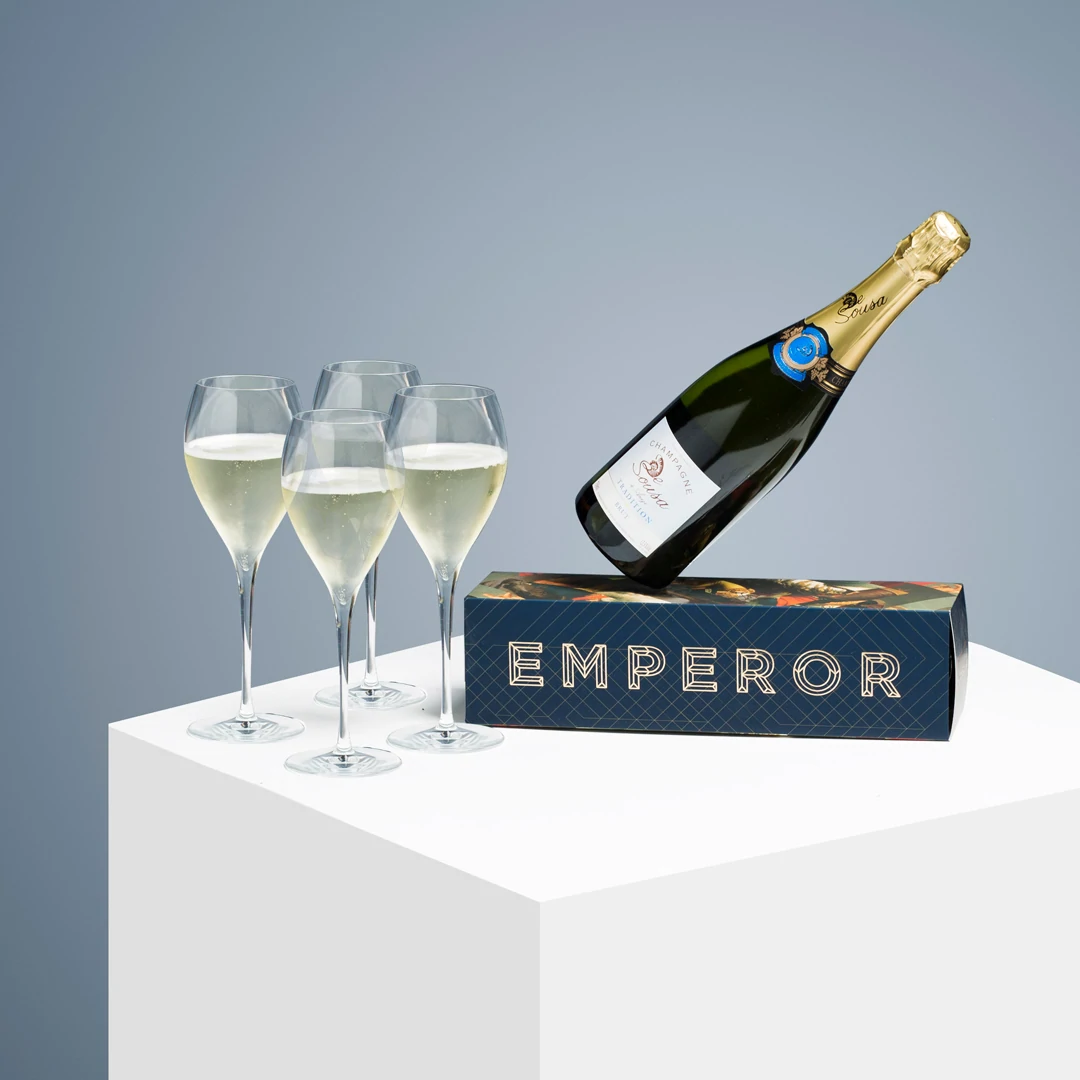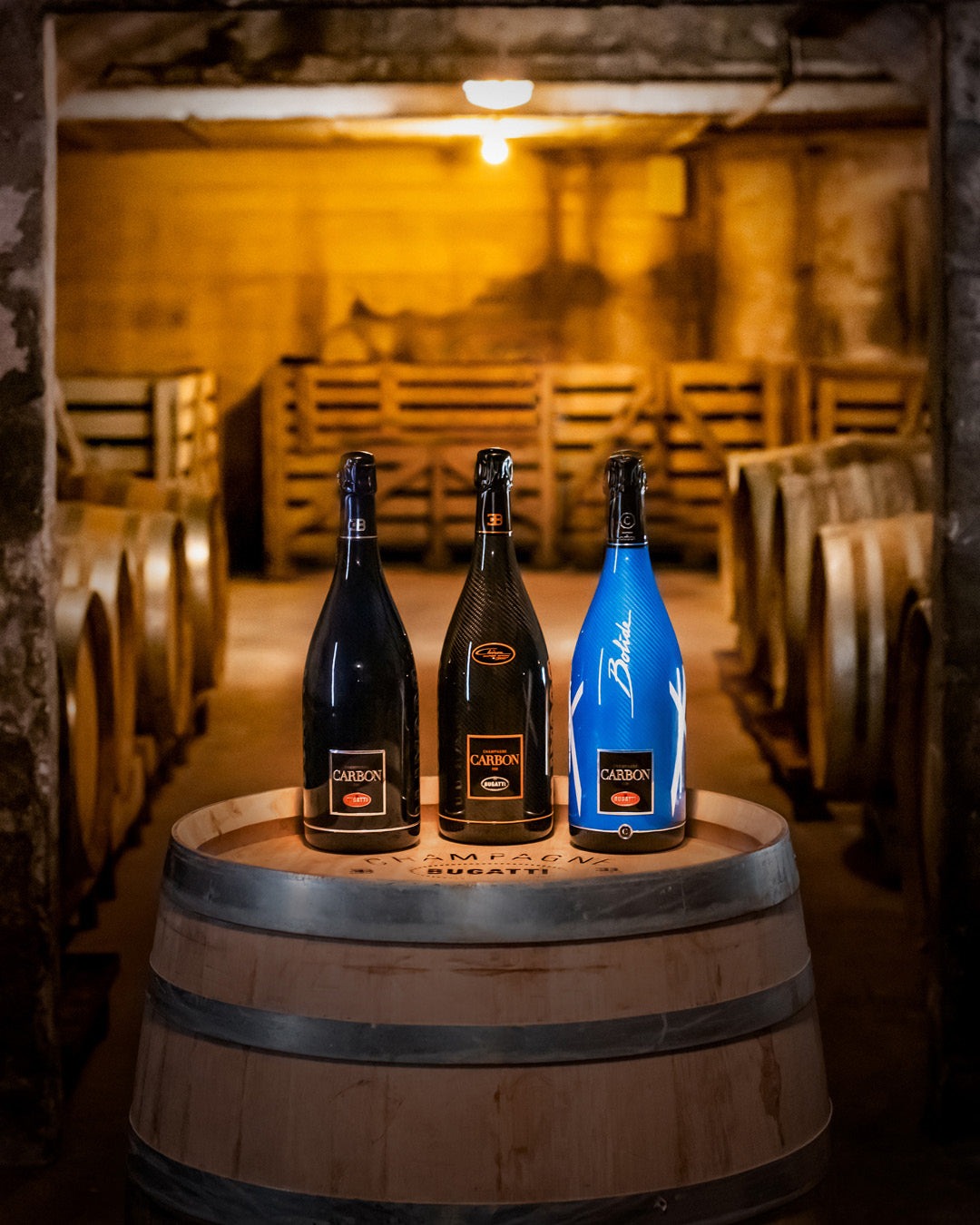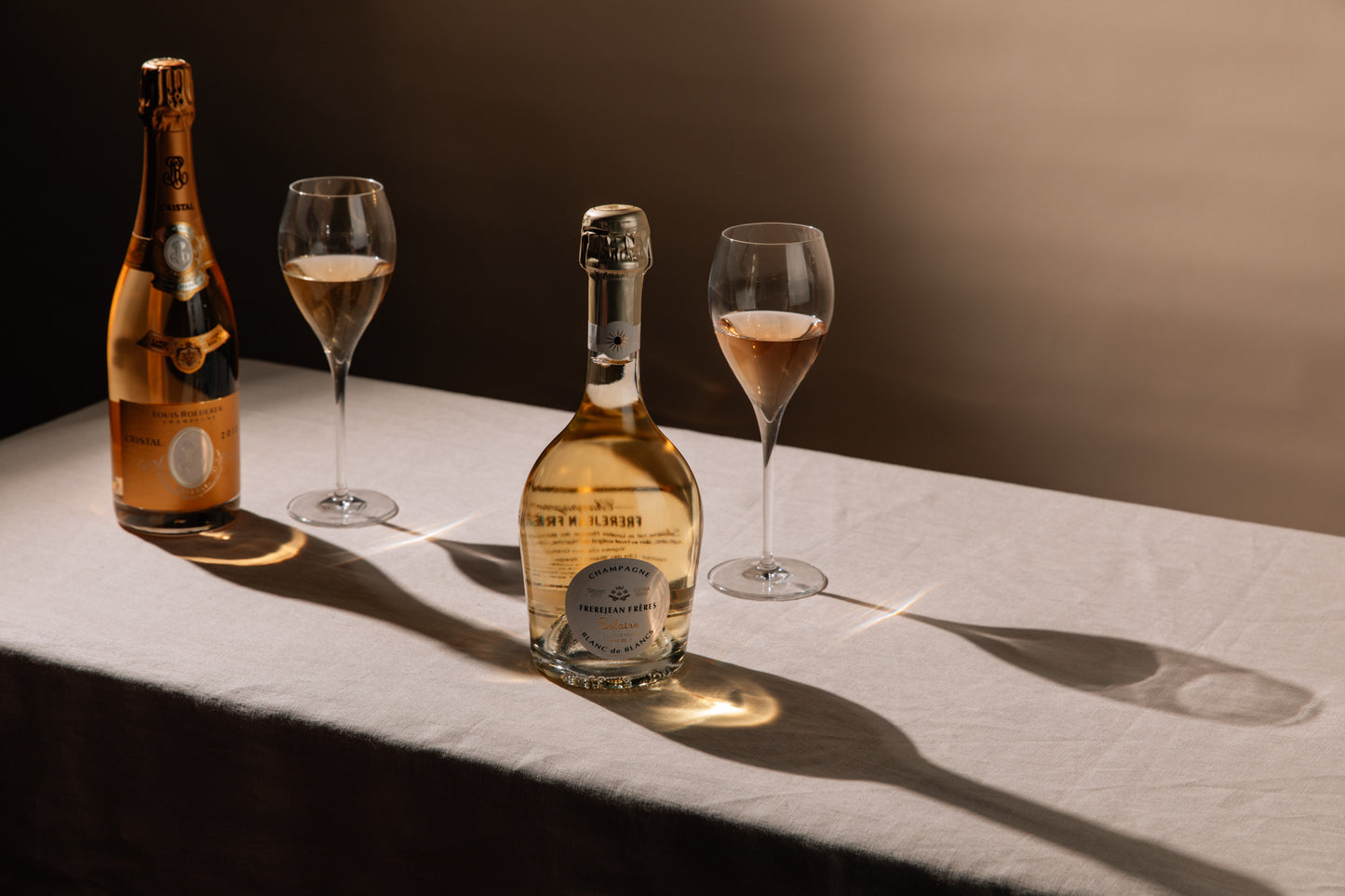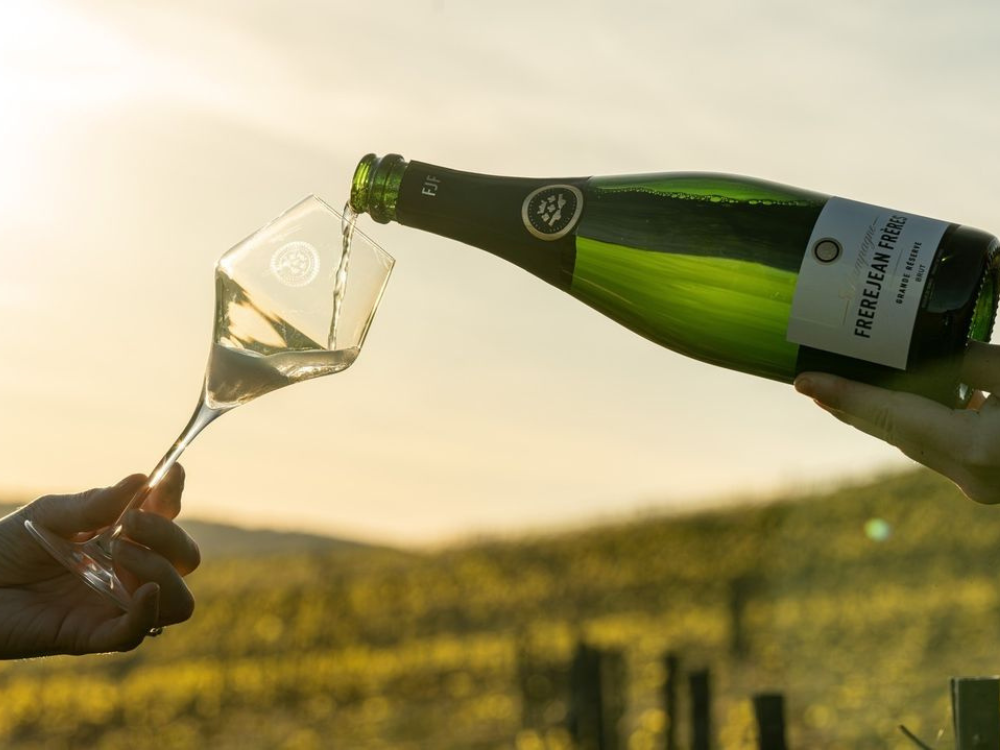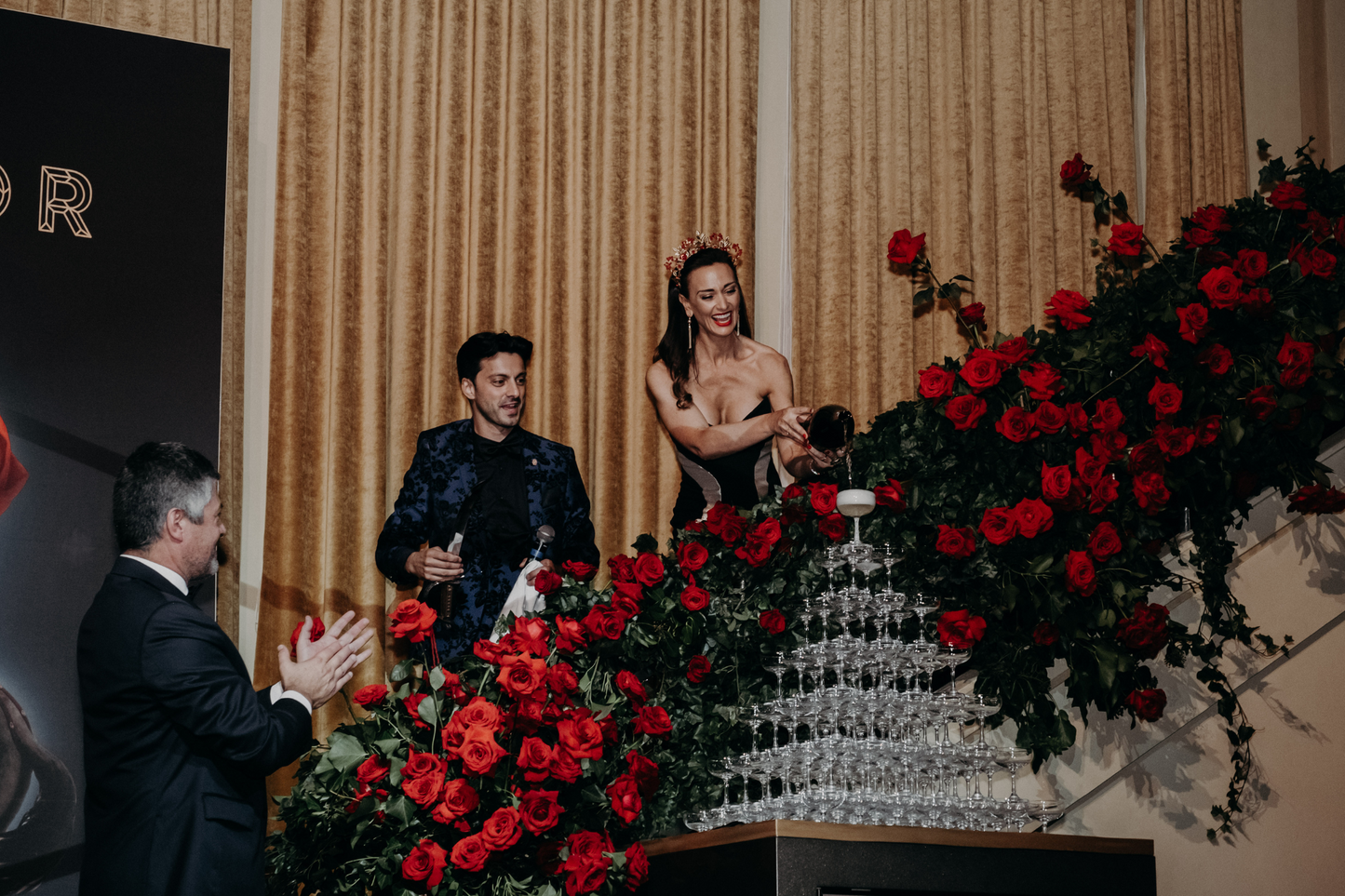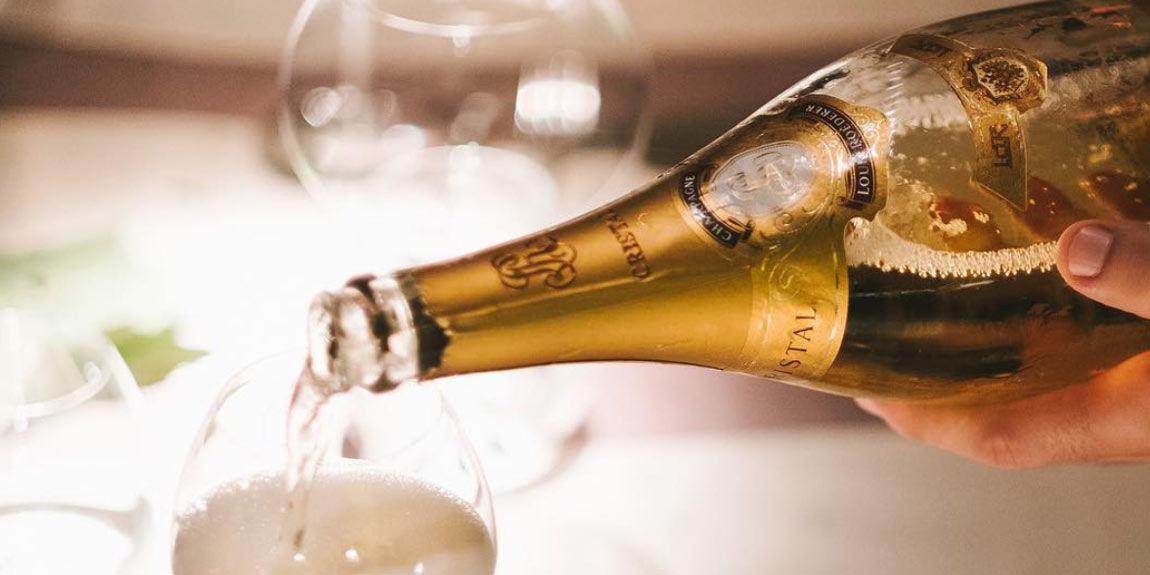
By Monica Sabbatucci
From how to chill it and which glasses to use, there’s more to serving champagne than we think. There are also some mistakes that are commonly made when drinking bubbly, ones that can impact the best overall experience of a beautiful champagne.
Let’s be honest, we’ve probably all committed these ‘Faux Pas’ before but if you really want to impress your hot date or more importantly, your in-laws, then take note of these Top 5 Faux Pas of Champagne Service.
1. Putting Champagne in the Freezer
You may have had an unexpected visitor pop over or a surprise reason to celebrate leaving you pressed for time to get the champagne chilled and ready to serve. However, do not look to the freezer for a quick chill. It will only do more harm than good in your rush to pop open that glorious bottle of bubbles. Apart from the fact that it may explode and shatter glass, the freezer is too harsh, and you can break the aroma. Also, if served too cold, the champagne loses its beautiful aromatic complexity.
When chilling champagne use an ice bucket with water, ice and add some salt to add as a conductor, leave for 20 minutes and your champagne will be perfectly chilled. The other option if you don't have any ice is to wet a dish cloth and wrap the bottle completely and place in the fridge for the same time. This works just as well. Please, never put wine in the freezer.
2. Loud Popping of the Cork
We know you think that the popping of the cork is truly the sound of happiness but the loud pop is not the correct etiquette. We see all the time in films and TV the loud and powerful pop of champagne cork as it flies across the room with a scream on release. Oh so dramatic!
However the correct etiquette of opening a bottle is where the cork "sighs like an angel" and does not scream like a whore. So avoid this false step! The best way to open a bottle of champagne is to grasp the cork firmly (this hand doesn’t move) and turn the bottle slowly towards you holding the base firmly. Continue until you hear that light hiss and pour away with the label of the house facing upwards as a show of respect.
3. Using a Skinny Flute
A common mistake amongst champagne consumers is to use a skinny flute. Although this glass is iconic for champagne drinking and is okay for holding the bubble, it is terrible for opening up the subtle yet complex aromas of the champagne.
Olivier Krug from the iconic house of Krug Champagne states “A great champagne cannot offer its fullest expression of aromas and flavours in a narrow glass, like a champagne flute.” He suggests a white wine glass or tulip flute “that is wide enough to enable the expression of aromas” is best. The tulip-shaped head of the glass allows the aromas to be more enclosed and able to funnel towards the nose, unlike the straight-sided shapes of coupes and flute where the aromas can easily escape. Using a skinny flute is like going to the opera with earplugs in. Don’t do it.
4. Filling to the Top
Now that you have the correct glass we need to address how much you are putting in it.
When serving champagne into a white wine glass or tulip shaped flute, one should never fill past the bulb or the widest point of the glass which is the apex. The reason for this is to allow room in the glass so you can swirl and have oxygen interact with the wine and express the aromas. With a flute, the champagne closes in on itself and there is nowhere for the aromas to develop. Furthermore, by the time you get to the bottom (because champagne is not for gulping! it will be warm, and the mousse will be gone.
Please just pour small glasses for yourself and your guests and top up regularly. Trust us, it's just better this way.
5. Using a Teaspoon to Stop it from Spoiling
Many wine lovers swear by this method of leaving a teaspoon first in the top of the bottle to preserve champagne bubbles. But in fact, this is just an urban myth that has no basis whatsoever (and no-one really knows where it came from!).
Gerard Liger-Belair, a professor at University of Reims Champagne-Ardenne says that he has “done several experiments on this, and a spoon has no action in keeping dissolved CO2.” The best way to stop an opened bottle from spoiling is by using a hermetic stopper (one that clasps around the bottle of the neck) and keeping it in the fridge.
If you correct each of these most common faux pas, you will be set for the best champagne experience you’ve ever had and your guests will be suitably impressed. Don't forget to buy your favourite champagne from Emperor Champagne. Bonne Chance!

